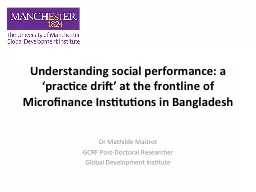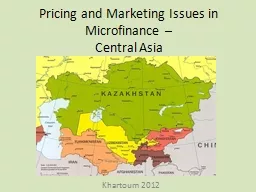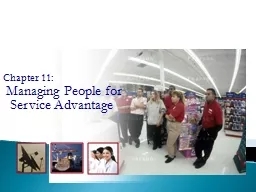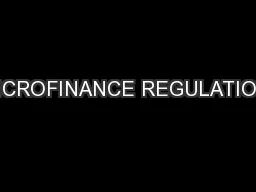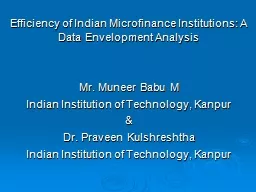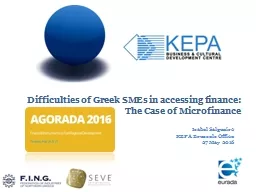PPT-Understanding social performance: a ‘practice drift’ at the frontline of Microfinance
Author : rayfantasy | Published Date : 2020-06-25
Dr Mathilde Maitrot GCRF PostDoctoral Researcher Global Development Institute Outline of todays presentation Determinist conceptualizations and their application
Presentation Embed Code
Download Presentation
Download Presentation The PPT/PDF document "Understanding social performance: a ‘p..." is the property of its rightful owner. Permission is granted to download and print the materials on this website for personal, non-commercial use only, and to display it on your personal computer provided you do not modify the materials and that you retain all copyright notices contained in the materials. By downloading content from our website, you accept the terms of this agreement.
Understanding social performance: a ‘practice drift’ at the frontline of Microfinance: Transcript
Download Rules Of Document
"Understanding social performance: a ‘practice drift’ at the frontline of Microfinance"The content belongs to its owner. You may download and print it for personal use, without modification, and keep all copyright notices. By downloading, you agree to these terms.
Related Documents

